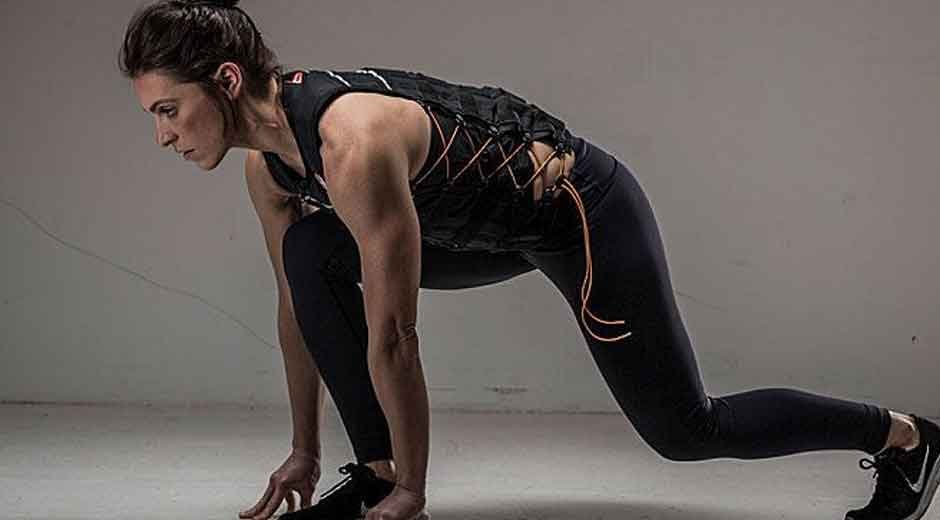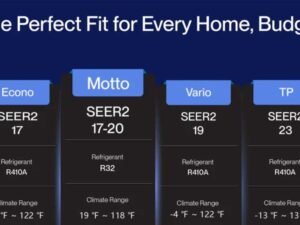If you’re looking for a simple yet effective way to increase the intensity of your workouts, improve your endurance, and boost your fitness results, a weighted vest might be exactly what you need. Once limited to military training or elite athletes, weighted vests are now a popular tool for everyday fitness enthusiasts.
In this article, we’ll break down the weighted vest benefits, explain how to use one correctly, and explore how it can enhance specific activities like walking and running. Whether you’re a beginner or a seasoned athlete, you’ll find practical insights on how a weighted vest can take your training to the next level.
What Is a Weighted Vest?
A weighted vest is a wearable resistance training accessory designed to add extra load to your body. It typically wraps around your torso and has pockets for adding or removing weight plates, usually made of metal or sand.
The goal is simple: to make your body work harder during normal movement or exercise. Whether you’re walking, running, doing squats, or just doing chores, the added resistance helps activate more muscle groups and increase calorie burn.
Top Weighted Vest Benefits
- Increased Workout Intensity
One of the most noticeable weighted vest benefits is increased intensity. By simply adding 10 to 20 pounds to your body, every movement you make becomes more challenging. This added resistance pushes your muscles, heart, and lungs to work harder, leading to better strength and cardio gains in less time.
- Improved Cardiovascular Endurance
Wearing a weighted vest for running or walking forces your heart and lungs to adapt to greater demands. Over time, this can lead to improved cardiovascular performance and stamina. Even moderate activities like hiking or climbing stairs become endurance-building exercises with a weighted vest.
- Burn More Calories
A heavier load means your body uses more energy. Whether you’re walking the dog or doing a HIIT session, a weighted vest helps you burn more calories per minute. This makes it an efficient tool for those targeting weight loss or fat reduction.
- Build Muscle and Bone Strength
The extra weight places greater stress on your muscles and bones. This stimulates muscle growth and helps strengthen bones, potentially reducing the risk of osteoporosis. It’s a low-impact way to support skeletal health, especially when used during bodyweight exercises like push-ups, lunges, or squats.
- Better Posture and Core Engagement
Carrying weight on your torso forces your core muscles to stay engaged. This improves your posture during both exercise and daily activities. A properly worn vest can also help correct slouching and enhance spinal alignment, especially during standing or walking workouts.
Benefits of Walking With a Weighted Vest
One of the easiest and most accessible ways to use a weighted vest is by incorporating it into your walking routine. You don’t need to change your route or speed—just wear the vest and go.
Key Benefits:
- Low-impact muscle activation: You’ll engage your legs, glutes, back, and core more than regular walking.
- Higher calorie burn: You can increase energy expenditure by up to 15%, depending on the weight used.
- Improved bone density: The mild loading effect during walking can help maintain or improve bone health.
- Better cardio fitness: The added resistance makes your heart work harder, improving endurance.
Whether you’re a busy professional or an active senior, the benefits of walking with a weighted vest are hard to ignore. It’s a simple yet highly effective way to improve fitness without spending hours in the gym.
Using a Weighted Vest for Running
If you’re ready to challenge yourself further, using a weighted vest for running can help increase speed, strength, and stamina. However, it requires careful planning.
Key Considerations:
- Start light: Begin with 5–10% of your body weight to avoid joint stress.
- Focus on form: Maintain good running posture. Avoid leaning forward or letting the vest shift.
- Limit duration: Use the vest for short intervals or hill sprints instead of full runs to avoid overuse injuries.
Benefits of Running with a Weighted Vest:
- Increased stride strength
- Enhanced muscular endurance
- Higher oxygen uptake
- More powerful sprint capacity
Many runners use a weighted vest during training cycles to build strength, then remove it during races to feel lighter and faster.
How to Choose the Right Weighted Vest
Choosing the right weighted vest can make a big difference in your comfort and results. Here are some tips:
- Adjustable Weight Design
Look for a vest that allows you to increase or decrease the load gradually. This lets you progress at your own pace and avoid injury.
- Secure Fit
A vest should stay snug to your body during movement. Loose or bouncing vests can throw off your form and cause strain.
- Breathable Material
Since you’ll likely sweat during use, choose a vest made from moisture-wicking and breathable materials for comfort.
- Weight Range
Beginners should start with a vest offering weights from 4 to 20 pounds. Advanced users may opt for higher ranges depending on their training needs.
Safety Tips for Weighted Vest Training
To get the most out of your vest while avoiding injuries, follow these basic guidelines:
- Warm up properly before workouts to prepare your muscles and joints.
- Start with short durations, such as 15–20 minutes, and gradually increase over time.
- Listen to your body. If you feel pain (not soreness), remove the vest and reassess your form or weight level.
- Stay hydrated, as the vest increases your body’s workload and heat retention.
- Consult a professional if you have pre-existing conditions such as joint issues, spinal problems, or heart disease.
Who Should Use a Weighted Vest?
Weighted vests are suitable for a wide range of people, including:
- Fitness beginners looking to build strength gradually
- Athletes aiming to boost performance
- Older adults seeking low-impact resistance training
- Busy individuals who want to make daily movements more effective
However, people with back injuries, joint issues, or heart conditions should consult a healthcare provider before using a weighted vest.
Final Thoughts
The weighted vest benefits go beyond just adding resistance. Whether you’re walking, running, or training at home, this simple tool can help you burn more calories, build strength, improve posture, and boost cardio health.
For those wondering about the benefits of walking with a weighted vest or considering a weighted vest for running, the key is to start slow, stay consistent, and focus on proper form. When used wisely, a weighted vest can turn everyday movement into a powerful fitness tool.
Ready to take your workout to the next level? Start with a lightweight, adjustable weighted vest, and enjoy the transformation over time.










